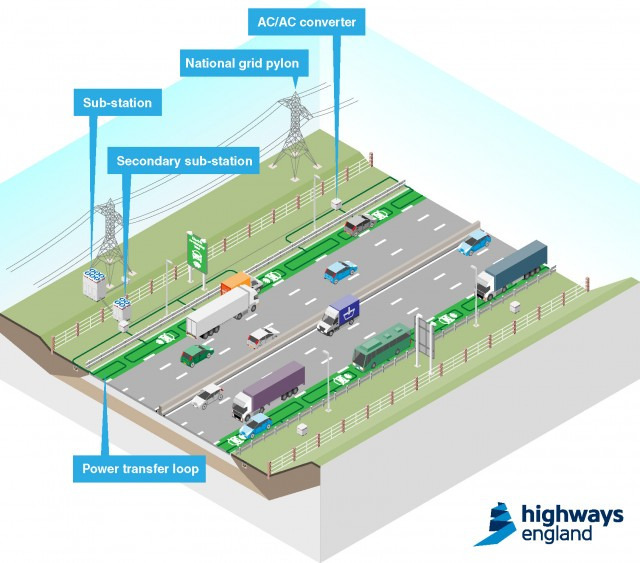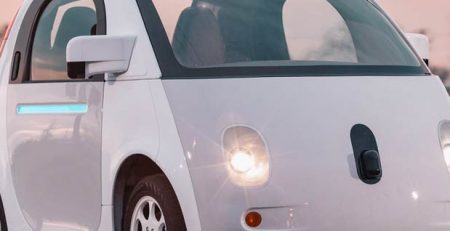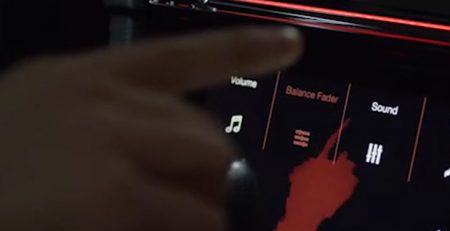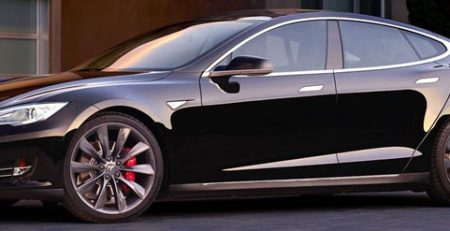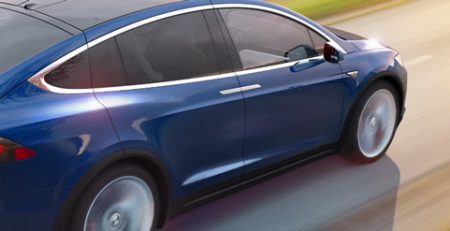2015 has been a hallmark year for new car technology, with innovation after innovation produced by several manufacturers wh read more
Highways England announce plans to trial electric car charging on the go
Highways England have recently announced that it is embarking on an 18-month scheme to test this idea following a rewarding feasibility study.
Despite the increased growth of electric cars, charging points are failing to expand - leading to an issue with longer journeys being delayed in order to recharge.
Plans for the trials, which are set to take place later this year, include vehicles being fitted with wireless technology and special equipment installed beneath roads to replicate motorway conditions. The testing will not take place on public roads.
Electromagnetic fields will be generated by electric cables buried under the roads, allowing for a coil inside the device to pick it up and transform it into electricity.
Transport Minister, Andrew Jones, said: "The government is already committing £500 million over the next five years to keep Britain at the forefront of this technology, which will help boost jobs and growth in the sector.
"As this study shows, we continue to explore options on how to improve journeys and make low-emission vehicles accessible to families."
This technology has already taken shape in Korea, where a dedicated charging circuit is used to power buses. However, Highways England's attempt to implement it in the UK is unique as it is focusing on the technology functioning on a larger scale.
Highways England Chief Highways Engineer, Mike Wilson, said: "Vehicle technologies are advancing at an ever increasing pace and we're committed to supporting the growth of ultra-low emissions vehicles on England's motorways and major A roads.
"The off road trials of wireless power technology will help to create a more sustainable road network for England and open up new opportunities for businesses that transport goods across the country."
England has already seen a similar trial in Milton Keynes, where buses were charged wirelessly through plates fixed into the road, but the idea wasn't taken up as the buses had to stop moving in order to charge.

